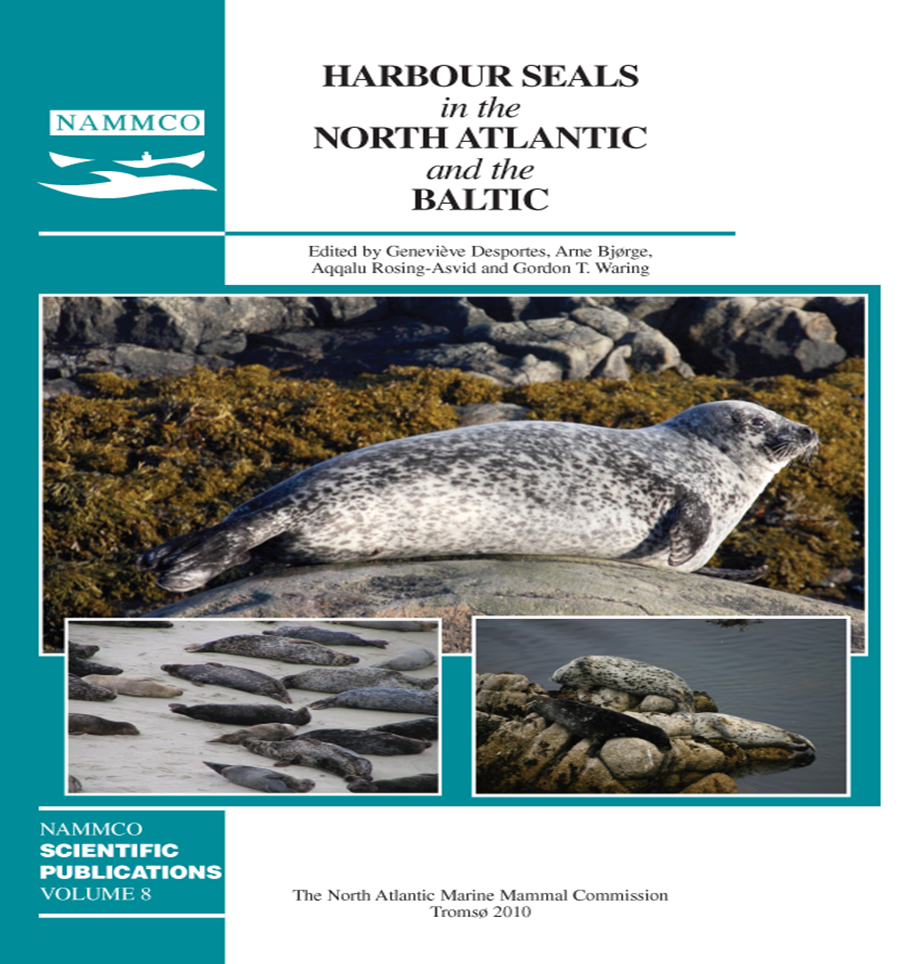Status of the harbour seal (Phoca vitulina) along the Murman coast of Russia
DOI:
https://doi.org/10.7557/3.2670Keywords:
Phoca vitulina vitulina, harbour seals, Murmansk, Russia, abundance,Abstract
Harbour seals are observed along the Murmansk coast of Russia, but they are not very abundant there. The estimated abundance for this area was about 500 individuals in 1998. The number of seals observed during winter months is less than during summer. During summer, the main habitats are the Pechenga inlet, the Motovsky and Kola Bays of the Western Murman coast and the Ivanovskaya Bay in the Eastern Murman coast. The Ivanovskaya Bay was thought to be the easternmost breeding colony of the subspecies Phoca vitulina vitulina. However, recent sightings may indicate the establishment of a breeding site further to the east, which then becomes the easternmost known habitat for this subspecies. A substantial, recent decrease in abundance has been observed in the Ivanovskaya Bay. The population numbered about 120 seals in the early 1990s, but only about 20 seals were seen in 2007 and 2008. It is presumed that the reasons for this reduction include hunting, fishery by-catch, disturbance and depletion of the food supply in this semi-enclosed inlet. A gender-specific daily activity pattern was observed in the IvanovskayaBay. The highest number of single animals (primarily adult males) hauled out during mid day, while hauled out females with pups showed two peaks per day associated with low tides.Downloads
Published
2010-09-01
How to Cite
Zyryanov, S. V., & Egorov, S. A. (2010). Status of the harbour seal (<i>Phoca vitulina</i>) along the Murman coast of Russia. NAMMCO Scientific Publications, 8, 37–46. https://doi.org/10.7557/3.2670
Issue
Section
Articles





